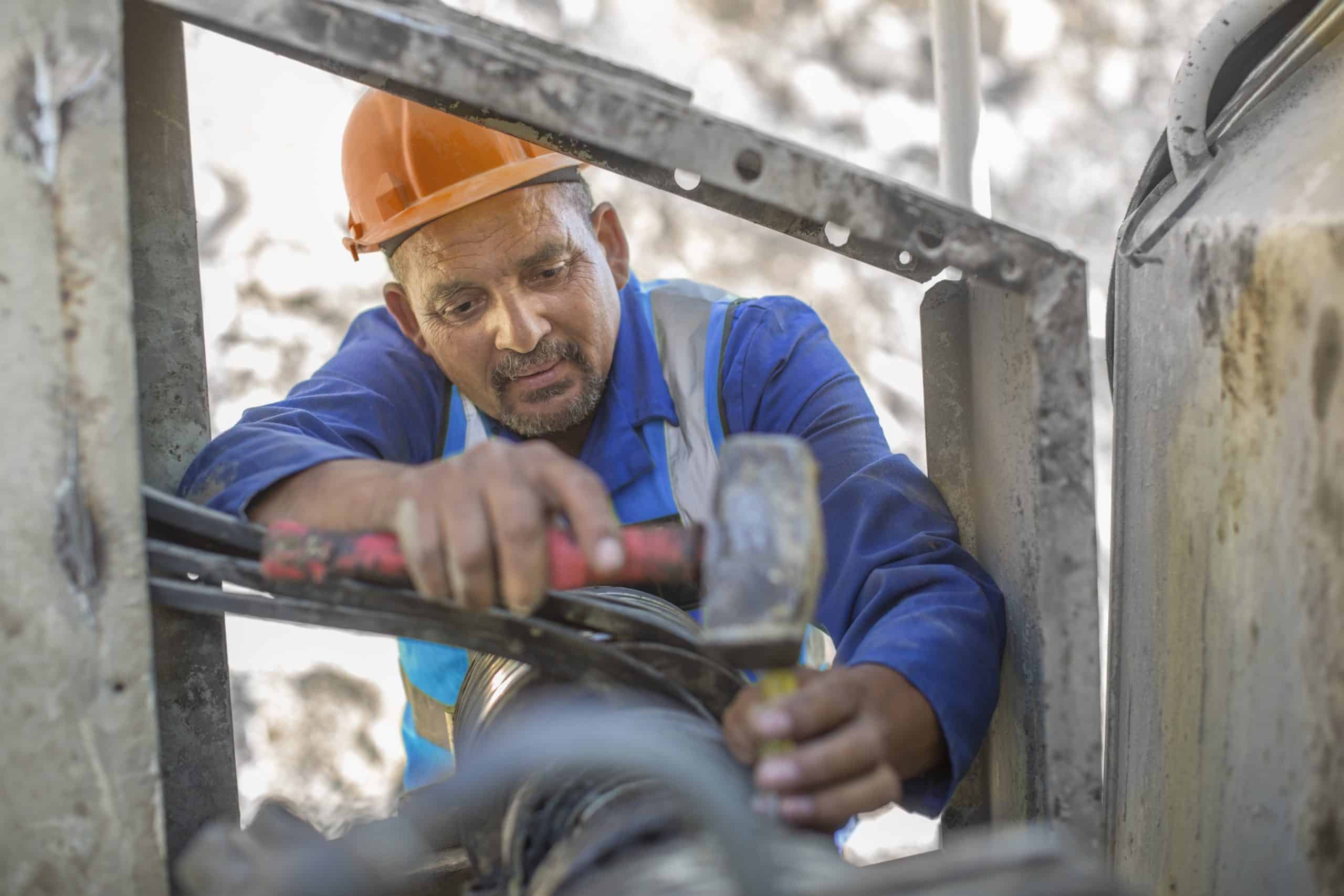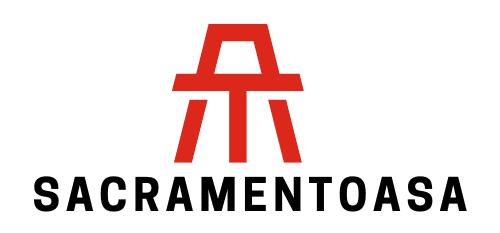What Are the Latest Trends in Workspace Design for Real Estate Developments?

As transformational shifts continue to redefine the world of work, so too does the real estate market need to keep pace. The commercial office space, once a cornerstone of business operations, is today at the frontline of a myriad of changes. Driven by evolving workplace trends, employee expectations, and the advent of remote work, office spaces are no longer just a place to work but also a strategic tool for companies.
Reinventing Commercial Spaces for Remote Work
The pandemic has undeniably reshaped the way we work, with remote work becoming a new norm. As such, workplaces need to undergo a complete redesign to accommodate this shift. Gone are the days of traditional cubicles and workstations; instead, we are seeing a rise in flexible offices, hybrid spaces, and coworking areas.
A lire en complément : How to Navigate the Challenges of Real Estate Development in Heritage Conservation Areas?
The commercial real estate market is responding to these changes, creating spaces that are agile, flexible, and tailored to the needs of a more transient workforce. Shared workstations, hot-desking, and collaborative spaces are gaining popularity as companies strive to adapt to a remote or hybrid workforce.
The Rise of Hybrid Workplace Designs
The pandemic has also ushered in the era of the hybrid workplace. This model combines the best of both worlds – the flexibility of remote work with the structure and community feel of an in-office environment. It’s a trend seen in both commercial and corporate real estate developments.
Cela peut vous intéresser : How to Create Age-Inclusive Housing that Accommodates the Needs of Seniors?
The key to designing a successful hybrid workspace lies in understanding the diverse needs of employees. These spaces need to offer a balance of communal areas for collaboration and private zones for focused work. They should also incorporate technology seamlessly, ensuring that both in-house and remote employees can work effectively.
Designing for Employee Well-being
The focus on employee well-being is another trend impacting workspace design. Increasingly, companies are recognizing that the design of the office plays a crucial role in employee health, productivity, and overall job satisfaction.
Many real estate developers are now incorporating biophilic designs into their spaces, bringing nature indoors with plants, natural light, and outdoor views. Offices are also incorporating wellness amenities such as fitness centres, meditation spaces, and healthy food options. These elements not only enhance employee well-being but also help to attract and retain talent.
Reimagining Office Furniture
As workspaces evolve, so too does the need for office furniture. Gone are the days of one-size-fits-all desks and chairs. Today, office furniture needs to be adaptable, ergonomic, and designed for different ways of working.
Many companies are investing in adjustable desks that allow employees to alternate between sitting and standing. Ergonomic chairs and keyboards are also becoming more common, as companies recognize the importance of preventing work-related musculoskeletal disorders.
In addition, office furniture is being used to create different zones within the office. For example, soft seating areas can be used for informal meetings, while quiet zones can be set up with privacy screens and noise-cancelling technology.
The Role of Technology in Workspace Design
Technology continues to play a significant role in the transformation of office spaces. From smart offices equipped with IoT devices to the use of AI in managing building operations and enhancing the employee experience, technology is revolutionizing the way we work.
For instance, offices are using technology to make their spaces more efficient and user-friendly. Examples include predictive maintenance using IoT sensors, advanced booking systems for meeting rooms, and smart lighting and temperature controls that adapt to employees’ needs.
In the post-pandemic world, technology will also play a crucial role in promoting health and safety. This can include touchless entry systems, automated cleaning technologies, and advanced air purification systems.
In conclusion, it’s clear that workspace design is a dynamic, evolving field. As the world of work continues to change, office spaces will need to adapt and innovate to stay relevant and meet the needs of businesses and their employees.
Adapting to Long Term Remote Work with Modern Office Interior Design
The global shift towards remote work brought about by the COVID-19 pandemic has had significant implications on real estate and office design trends. The traditional office setup, defined by cubicles and rigid workstations, has become obsolete. In its place, we are witnessing the rise of more adaptable and flexible workspaces, designed to accommodate the needs of a more mobile workforce.
The modern office space is one that is characterized by agility and adaptability. Office spaces are being designed to be more than just a place where people come to work. They are being transformed into strategic tools that promote productivity, collaboration, and employee satisfaction. This is being achieved through the concept of flexible offices, hybrid spaces, and coworking areas.
In this setup, shared workstations and hot-desking are becoming commonplace. These office designs offer a sense of community while still retaining the flexibility that remote work offers. They also serve to satisfy the diverse needs of a hybrid workforce, composed of both in-house and remote workers. This trend is being observed in both commercial and corporate real estate developments.
Concurrently, there’s a growing emphasis on incorporating technology into these spaces. The use of AI, IoT devices, and predictive maintenance is making offices smarter and more efficient. Enhanced booking systems for meeting rooms, adaptive lighting and temperature controls personalized to employees’ preferences are just a few examples of how tech is revolutionizing office spaces.
Biophilic Design: Creating a Harmonious Work Environment
Another notable trend is the shift towards biophilic design. This approach seeks to connect occupants with nature. It stems from the understanding that the design of an office has a profound impact on employee health, productivity, and overall job satisfaction.
Biophilic design is characterized by the incorporation of elements such as plants, natural light, and views of the outdoors into the office space. By bringing nature indoors, these designs can help to reduce stress, enhance creativity, and improve well-being.
Moreover, modern offices are integrating wellness amenities into their spaces. These can range from fitness centres and meditation spaces to healthy food options. The aim is to create a workspace that promotes the physical and mental well-being of employees, thus boosting productivity and morale.
However, the move towards biophilic design is not just about enhancing employee well-being. It’s also a strategic move aimed at attracting and retaining talent. In today’s competitive job market, an office space that prioritizes employee health and well-being can be a key differentiator.
Conclusion
In summary, the shifts in workspace design trends are a testament to the ever-evolving landscape of the real estate sector. The move towards remote work is driving the need for more adaptable and flexible office spaces. At the same time, the emphasis on employee well-being is pushing for the incorporation of biophilic design elements and wellness amenities in offices.
As we move forward, we can expect technology to continue shaping office design trends. As it stands, technology is already making workspaces smarter, more efficient, and more user-friendly. In the post-pandemic world, it will also play a crucial role in ensuring health and safety within the office environment.
Ultimately, the design of office spaces is no longer just about aesthetic considerations. It’s about creating spaces that cater to the diverse needs of a modern workforce. This includes ensuring their health and well-being, promoting collaboration and productivity, and accommodating remote work. All these factors underscore the importance of workspace design in the success of any business.
